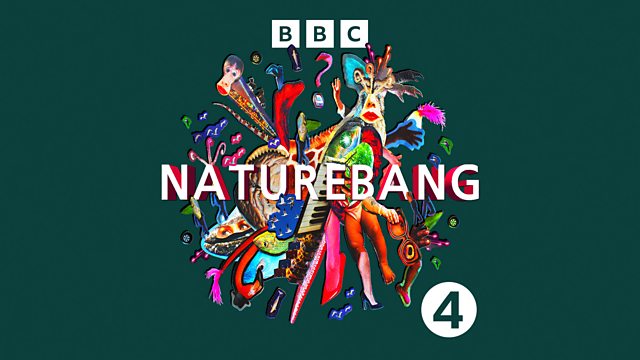Frozen Frogs and Preserved People
Becky Ripley and Emily Knight look to the freeze-thaw abilities of the North American wood frog to ask whether we can freeze ourselves in order to return to a future world.
Becky Ripley and Emily Knight look to the freeze-thaw abilities of the North American wood frog to ask whether we can freeze ourselves in order to return to a future world...
Early March is breeding season for the North American wood frog. They are frisky because they’ve just thawed out having spent the winter not just in hibernation, but frozen at -18°C. How do they do it, and still survive? And what can we learn from their frozen ways?
Enter the growing field in medicine called cryo-preservation: the process of preserving cells, tissues, or organs by cooling them to very low, or freezing, temperatures. This can grant more time for medical procedures and operations, and help to preserve things like organs during a transplant. And if you take cryopreservation to the extreme, you get to the slightly sci-fi world of cryonics. The practice of cryo-preserving the whole body – immediately upon point of death - in the hope that future medicine can bring it back to life.
Maybe in the future, we will crack the code on how to bring bodies back from the cold. And maybe some of the science lies in the freeze-thaw abilities of the wood frog. Or maybe cryopreserved bodies will remain frozen forever…
Featuring Dr Allison Sacerdote-Velat, Curator of Herpetology at Chicago Academy of Sciences, and Dr Anders Sandberg, senior research fellow at the Future of Humanity Institute at the University of Oxford. Produced and presented by Emily Knight and Becky Ripley.
Last on
More episodes
Broadcasts
- Fri 13 Jan 2023 13:45������̳ Radio 4
- Tue 23 Jan 2024 09:30������̳ Radio 4
Podcast
-
![]()
Naturebang
Making sense of what it means to be human by looking to the natural world.


